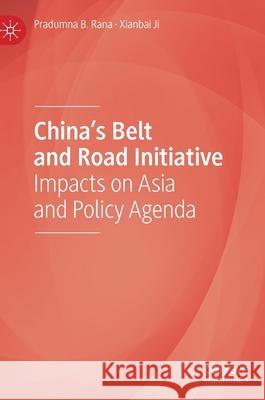China's Belt and Road Initiative: Impacts on Asia and Policy Agenda » książka
topmenu
China's Belt and Road Initiative: Impacts on Asia and Policy Agenda
ISBN-13: 9789811551703 / Angielski / Twarda / 2020 / 186 str.
China's Belt and Road Initiative: Impacts on Asia and Policy Agenda
ISBN-13: 9789811551703 / Angielski / Twarda / 2020 / 186 str.
cena 240,93
(netto: 229,46 VAT: 5%)
Najniższa cena z 30 dni: 231,29
(netto: 229,46 VAT: 5%)
Najniższa cena z 30 dni: 231,29
Termin realizacji zamówienia:
ok. 22 dni roboczych
Dostawa w 2026 r.
ok. 22 dni roboczych
Dostawa w 2026 r.
Darmowa dostawa!
Kategorie:
Kategorie BISAC:
Wydawca:
Palgrave Pivot
Język:
Angielski
ISBN-13:
9789811551703
Rok wydania:
2020
Wydanie:
2020
Ilość stron:
186
Waga:
0.42 kg
Wymiary:
21.01 x 14.81 x 1.6
Oprawa:
Twarda
Wolumenów:
01
Dodatkowe informacje:
Wydanie ilustrowane











